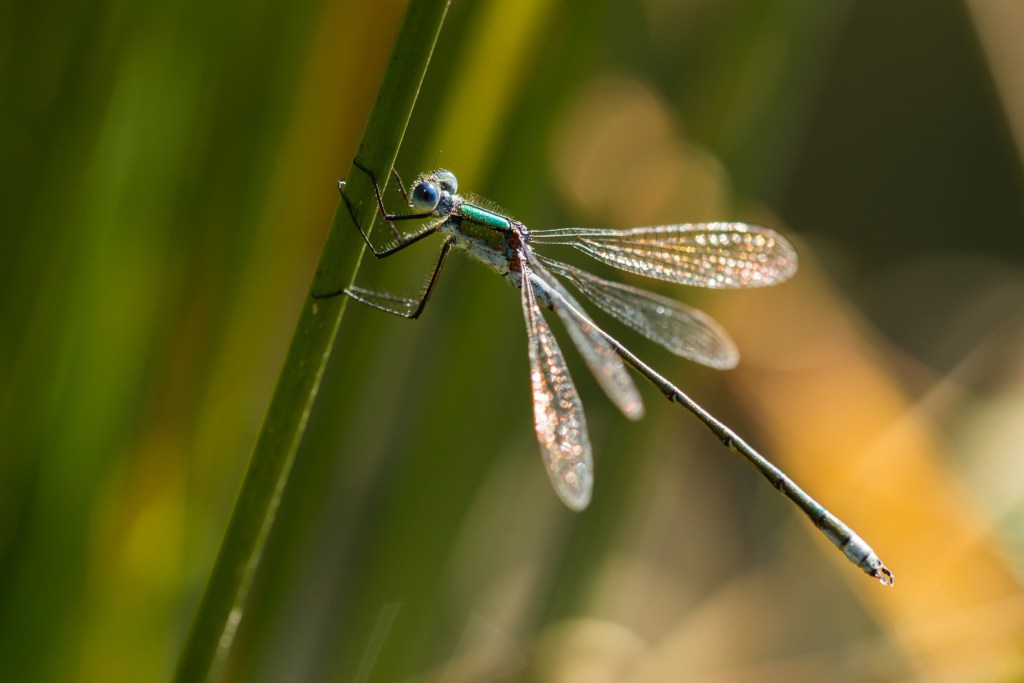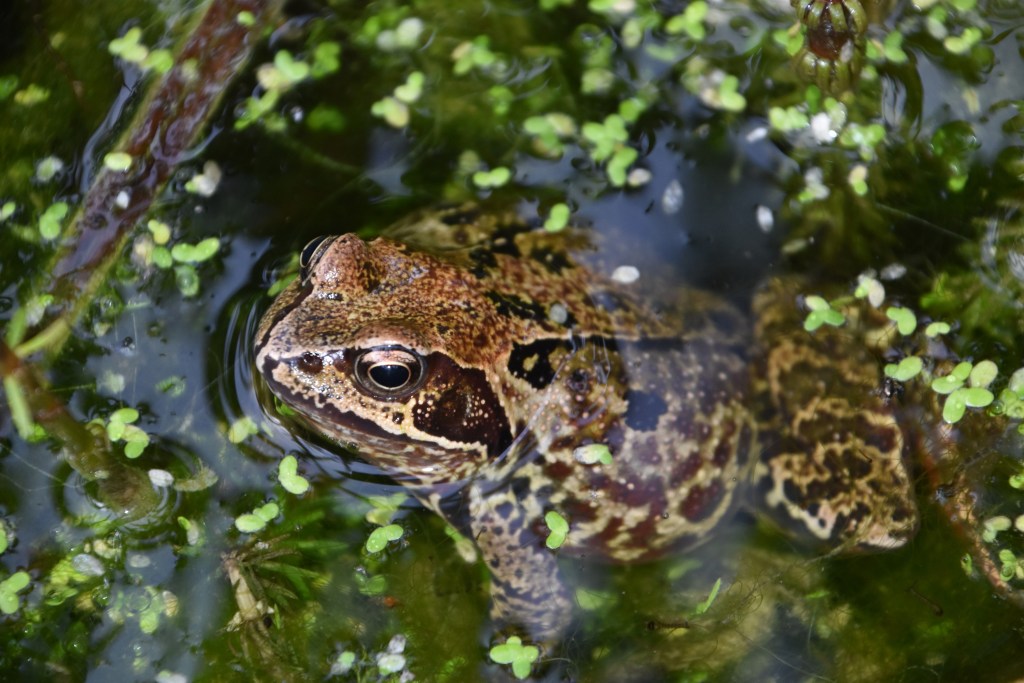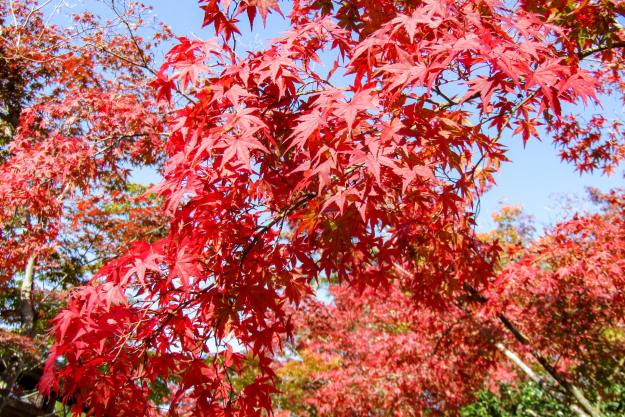Wildlife ponds are great additions to any landscape design because they provide a water source for animals and a beautiful addition to the scenery. Plus, they’re an excellent way to get closer to nature.
You can create a wildlife pond in as little as a weekend. To make it as sustainable as possible, you simply use the resources that are already naturally found in your area. For example, you can use plants native to your region so that your wildlife pond becomes a natural habitat for local species. With proper care, you’ll see many more invertebrates, mammals, and birds populating your pond over time.

What is a wildlife pond
A wildlife pond is a beautiful and easy way to establish a natural habitat in your garden, backyard, or even on your front lawn. It’s also one of the easiest ways to bring nature into your life. The best part? As previously suggested, building one only takes about three days!
A wildlife pond is a significant step up from a regular garden pond. It includes features that are natural to the local habitat. For example, suppose you’re in North America, your wildlife pond might have cattails and other aquatic vegetation along with native fish and bullfrogs. In contrast, similar ponds elsewhere in the world might include different types of plants and animals as they suit their environment.
A great thing about wildlife ponds is that they provide habitats for many species at risk of extinction. For instance, some frogs need them during the tadpole stage of their life cycle.
Benefits of wildlife ponds
The plants in your wildlife pond provide food and shelter to many animals, from bugs to big game. The colors of the flora attract pollinators, too, like bees and butterflies. Many birds who use vegetation for nesting or feeding are also attracted, including crows, chickadees, ravens, and herons.
Wildlife ponds naturally create a type of wetland habitat, even if your pond is relatively small. With all of the negative changes occurring to everyday environments, it’s essential for people to protect the outdoor landscapes on their properties. A wildlife pond is a fantastic way to help protect and preserve plants and wildlife while creating a peaceful spot to relax.
Caring for a wildlife pond
Caring for a wildlife pond doesn’t have to be super hard. Once you’ve built it, you need to try and keep the water as low-maintenance as possible. Installing a pump and filter system similar to that of a swimming pool can help keep debris from getting into the pond. In turn, that can help prevent algae growth will oxygenate the water.
There’s usually no need to add fertilizers or other aquatic additives because of how many bugs and fish are attracted to it naturally! You might be amazed at what happens when you add structures like logs, rocks, or stumps. They all provide added living space for teeny tiny crawly things, which then become food for bigger animals—your own little ecosystem.
Things to think about before installing a wildlife pond
Before building a wildlife pond, you need to consider precisely where you’d like to put it and whether it makes sense to put one on your property. Not all environments are suited to having one installed.
Ideally, you’ll need a level area that’s at least 100 square feet. The wildlife pond should be at least three feet deep, and you’ll also want to think about what sort of fish you want in your pond—from goldfish all the way up to bass!
Importantly, it’s highly recommended that you seek professional advice if you intend to create your pond in an area that may already be considered a wildlife habitat. As for the types of plants you should use to plant around your wildlife pond, there’s a massive variety from which to choose. You’ll need to do some research on this subject.

Wildlife pond management
Keep in mind that the benefits of a wildlife pond are plentiful. For one, they’re beautiful and can be located in any area you want to put them – it doesn’t matter what the landscape looks like as long as there’s adequate space for both the water and plants. They provide an excellent habitat for fish, frogs, turtles—wildlife!
Finally, remember that the best thing you can do for our planet is to educate yourself, your family members, friends, co-workers, or anyone else you’re trying to influence so that they understand that taking care of the world we live in, and its environment, is crucial to the survival of many species, including our own.
Editors' Recommendations
- Everything you need to know about choosing the best rocks for landscaping
- 7 easy patio plants that will thrive into the cold winter months
- 4 November garden plants you should consider growing
- What’s in season at the farmers market this fall
- What is coconut soil, and how can it make your garden better?




